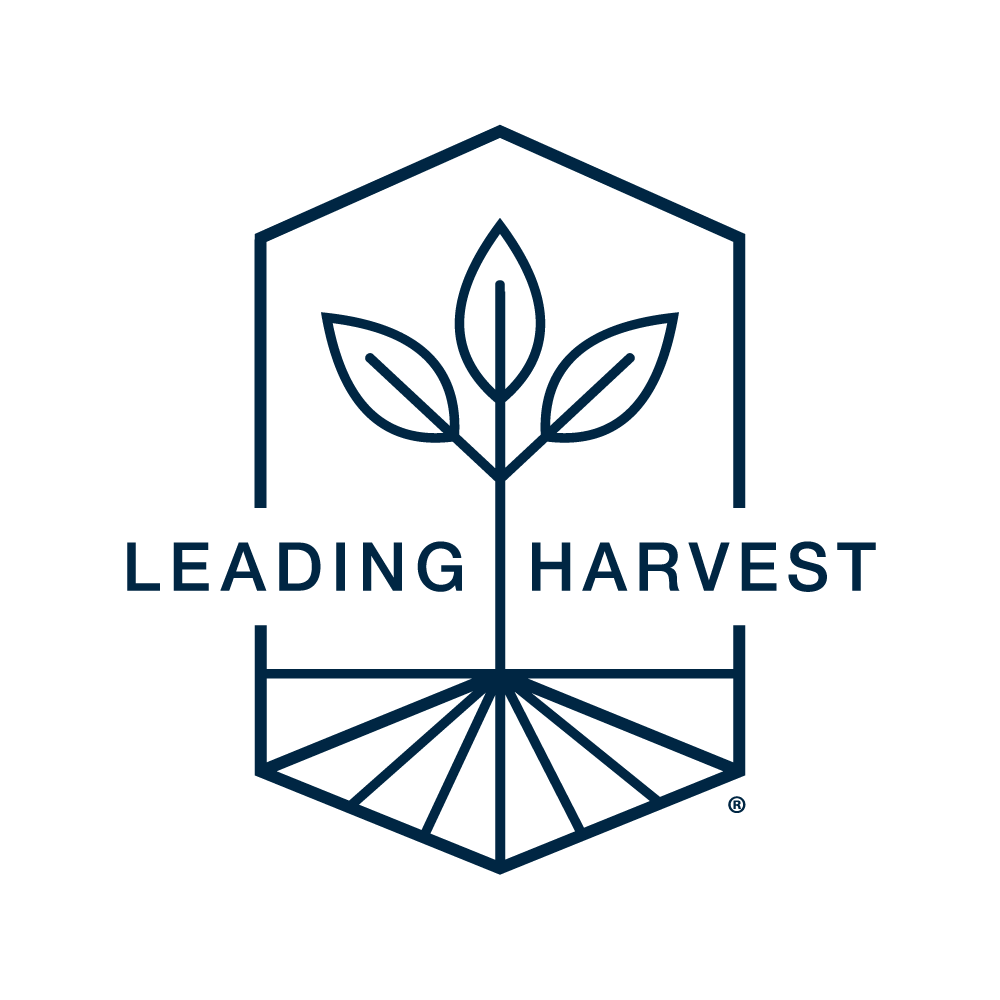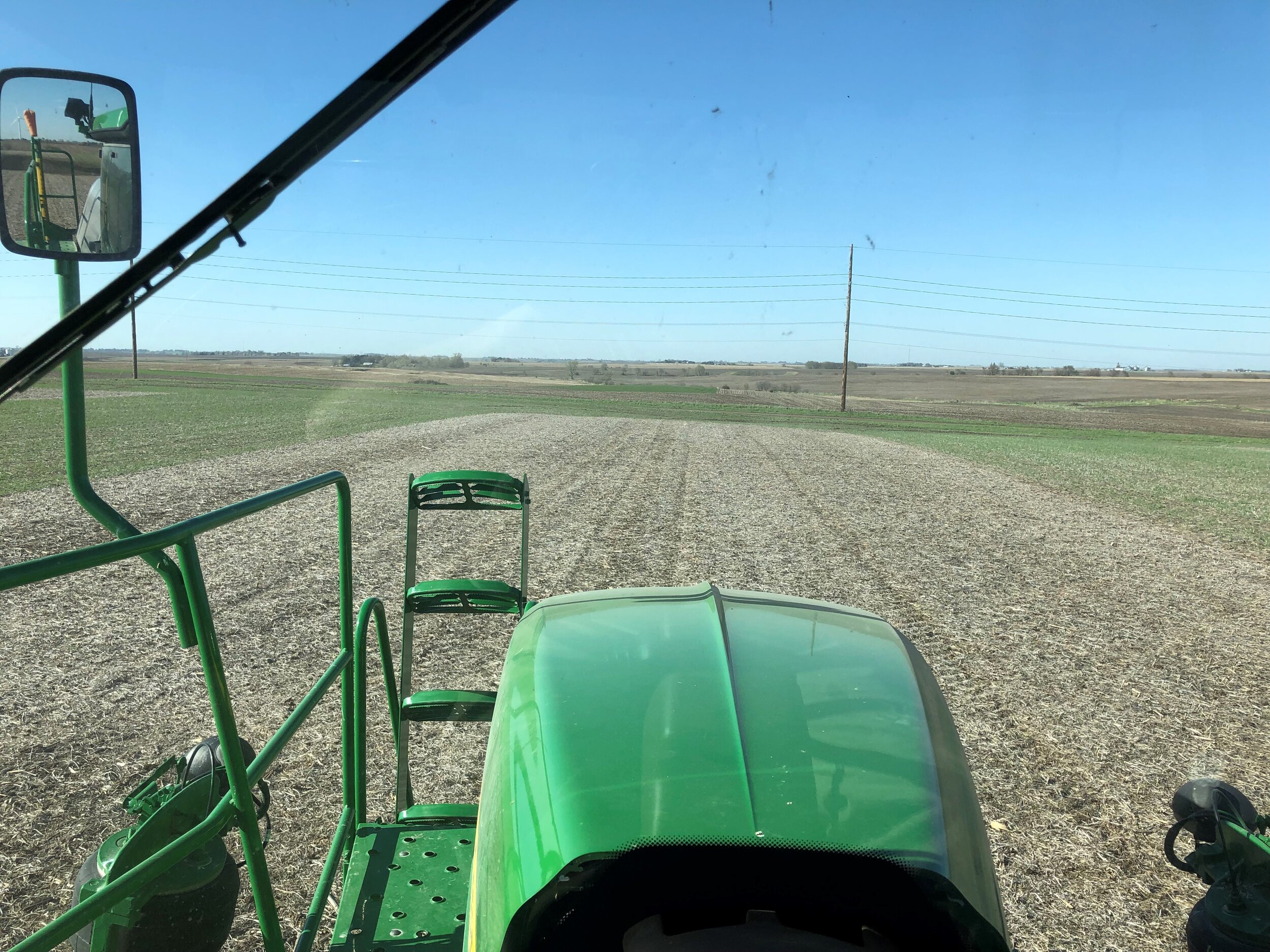
Ray Gaesser
Owner
Gaesser Farms
Ankeny, IA
1. How did you become involved in agriculture?
I was born into it! Farming is all that I have ever wanted to do. Some of the greatest pleasures of my life have been found through my work outside in nature. From a childhood spent on a small farm in Indiana, to work as a farmhand for neighbors in various roles, my roles in agriculture changed as I aged. I ultimately decided to move to Iowa for better land and farming opportunities.
2. What do you believe is the most pressing agricultural issue the marketplace faces today?
Uncertainty. As we continue to build markets for farmers who are taking care of the land and water, we wrestle with how this will be done at a profit for the grower.
3. The Standard spans the entire supply chain. If you could trade places with anyone in the agricultural and food system, who would it be and why?
I am a farmer through and through! Communication with customers is important to me, however, so I would be interested in what opportunities in that space looks like. My interest in that area is due to the fact that I am proud to market the work that I do.
4. What three words would you use to sum up the future of agriculture?
Uncertainty, adaptation and innovation.
5. What makes the Leading Harvest Standard different from the others?
The standard sets itself apart because it begins at the farm level and identifies positive practices that are unique to that farm. The outcomes it looks for benefit both the farmer and the environment. It is different from the others in that it can scale up the food chain from growers to the processors to food companies and consumers.
6. Can you tell me a little about your farm?
My farm began 43 years ago from scratch. Having moved to Iowa for more opportunities, I was lucky enough to land in a great area to farm and with welcoming neighbors. We have grown our family farm from a few hundred to 5,400 acres of corn and soybeans. We treat all land, rented or owned, with the same concern for the environment. I am proud to say that our next generation is farming with us as our son Chris has taken up growing. I am proud to report that more than half of our land has cover crops, and we are working to increase this number. We both grow and sell our own cover crop seed, which today is mainly of the cereal rye variety. I am proud to report that we have been 100% no-till since 1991. We originally made this decision to protect the soil but have since found economic benefits to making the switch. We believe in educating others on what we have learned, and so we host field days on our farm to bring together neighbors, researchers and legislators to share best practices.
7. You have been quoted as saying, “Sustainable agriculture builds strong and healthy communities.” How does agriculture impact communities that are not directly tied to production?
Agriculture can have a massive impact on surrounding communities. This impact can span everything from providing processing, technology, and equipment maintenance jobs to ensuring water quality. At the end of the day, communities are connected to agriculture because agriculture feeds these people.
8. What would you like consumers to know about challenges in farming?
We as farmers are constantly battling uncertainty. We are adapting and adopting the best practices we have available, but need consumers to be willing to pay for the standards that they expect in the marketplace.
9. Why should young farmers care about sustainable agriculture?
The land represents is their future and good stewardship is their responsibility as landowners and farmers. It is our responsibility as growers to care for the land as best we can with the tools that we have. We have a history of innovation in agriculture and I believe that young people are looking more holistically at their farms than others have in the past.
10. You have spent your life in agriculture. What makes you optimistic about the future?
The agricultural community has always looked at challenges as opportunities, and I believe the next generation will take the same approach. They will continue to adapt and innovate for positive outcomes. Due to the uncertainty and change inherent in the market, we have remain optimistic and innovative in order to be profitable!.





